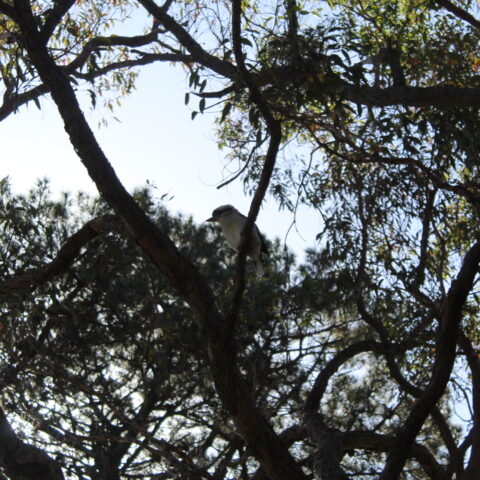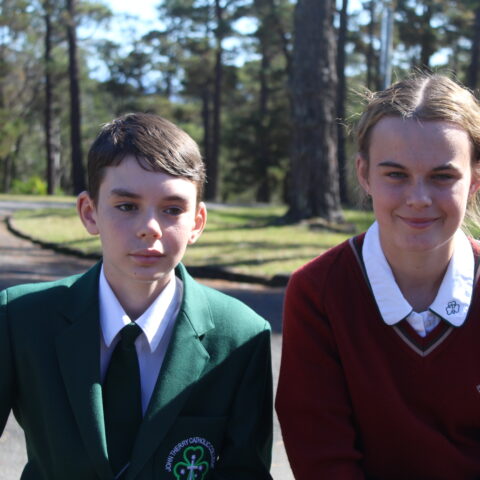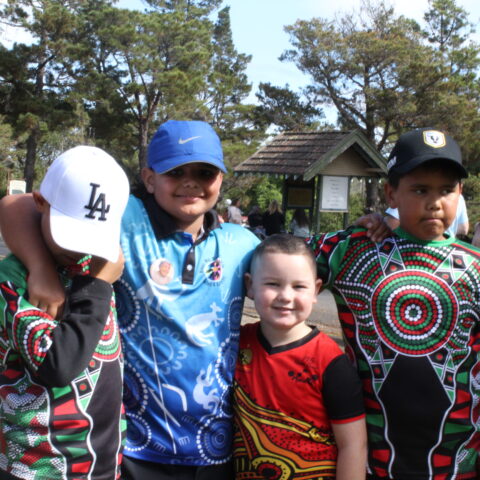On 17 April 1816, after years of growing tension between the local Aboriginal population and early British settlers, a tragedy would occur at the small colony of Appin.
This event, now known as the Appin Massacre, cost the lives of fourteen Aboriginal men, women and children and decimated the local D’harawal population.
Under the command of Captain James Wallis of the 46th Regiment, a squad of soldiers would march from Liverpool, searching for Aboriginal people to round up in the district. They eventually got word of seven outlawed Aboriginal people at a farm in the area and ran upon their campsite, finding it deserted. However, they caught the outlaws fleeing along some nearby cliffs and opened fire, shooting some and driving others off the cliffs into the deep gorge below amidst the fear and confusion. Among those killed were mountain chief Conibigal, a man named Balyin, a D’harawal man ‘Dunell’, as well as several women and children.
Now, the anniversary of the massacre has become a day for locals both Aboriginal and non-Indigenous to gather in ceremony to remember and reconcile for those who lost their lives 200 years ago. Organised by the Minto Reconciliation group, the first ceremony was held in 2007, where more than 200 members of the community gathered to pay their respects. A small grant was also acquired through Wollondilly Shire Council under a community project scheme which was used to produce the plaque that stands at Cataract Dam today, closest to the original site of the massacres.
The plaque reads: ‘The Massacre of men, women and children of the Dharawal Nation occurred near here on 17th April, 1816. Fourteen were counted this day, but the real number will never be known. We acknowledge the impact this had and continues to have on the Aboriginal people of this land. We are deeply sorry. We will remember them.’
(Plaque by the Winga Myamly Reconciliation Group, Sponsored by Wollondilly Council)
The massacre represents a turbulent period of Australian history and the atrocities committed against the Aboriginal people of Australia. However, it also represents the efforts of the Minto Reconciliation Group and other local community members who fight for their heritage and to educate the next generation on the past of Aboriginal Australia.
(Featured Above) Photos from this years ceremony, held on Sunday the 17th of April
Story contributed by Lyn Brown, Jessica Russell and Jake Magi from The Burraga Foundation. Published in 2022.































































